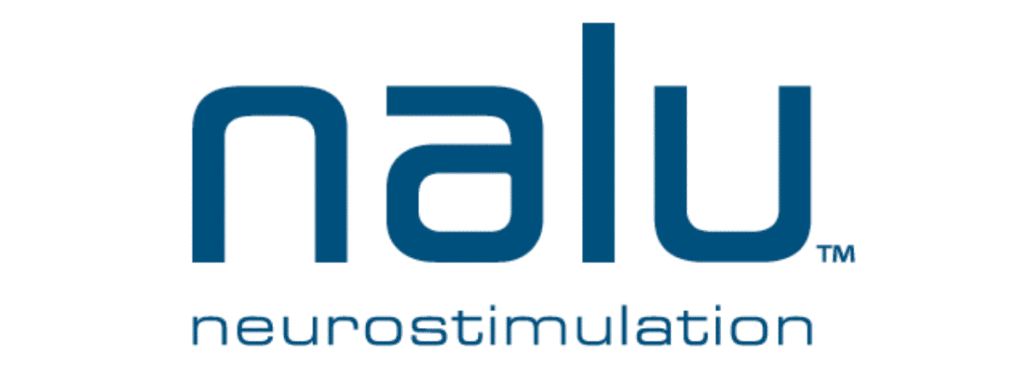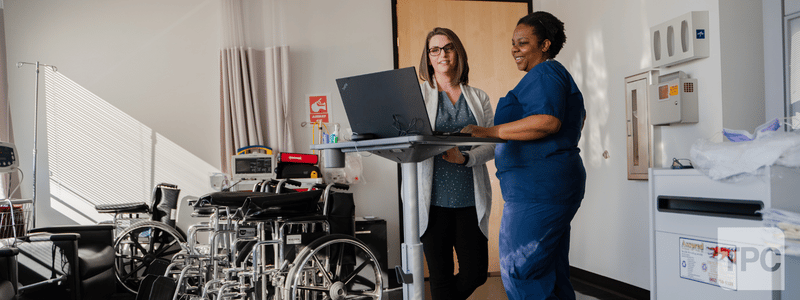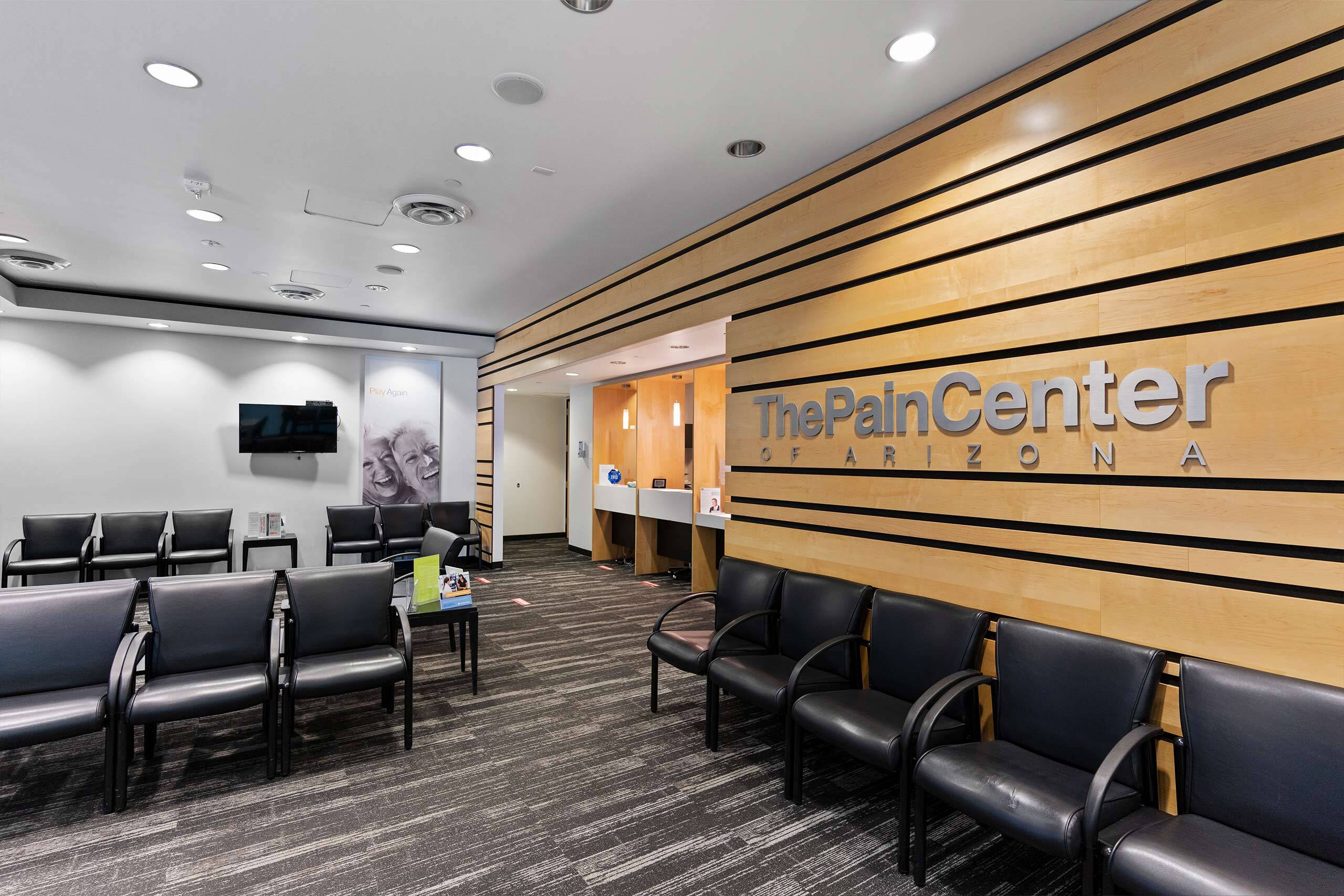Spinal Cord Stimulation
Spinal cord stimulation is an FDA-approved, minimally invasive procedure that requires the implantation of a nerve stimulation device. This treatment delivers low-voltage electrical currents to areas of the spine, ultimately reducing pain signals caused by chronic pain. Patients living with chronic back or leg pain, who have not responded to conservative treatments for at least six months, may be considered candidates for this procedure. A trial device is usually implanted before a permanent device can be considered.






What is Spinal Cord Stimulation?
Spinal cord stimulation is an FDA-approved, minimally invasive procedure that requires the implantation of a nerve stimulation device.
What Types of Pain Does Spinal Cord Stimulation Treat?
- Back pain
- Post-surgical pain
- Arachnoiditis
- Heart pain
- Spinal cord injuries
- Nerve-related pain
- Peripheral vascular disease
- Complex regional pain syndrome
- Post-amputation pain
- Visceral abdominal pain
- Perineal pain
How Does Spinal Cord Stimulation Work?
This treatment delivers low-voltage electrical currents to areas of the spine, ultimately reducing pain signals caused by chronic pain.
Patients living with chronic back or leg pain – who have not responded to conservative treatments for at least six months – may be considered candidates for this procedure.
A trial device is usually implanted before a permanent device can be considered.

Expectations and Recovery
Patients are typically dismissed same-day. You might feel pain in the area of the incision for a few days.
You’ll be advised to avoid any strenuous activities or movements which may pull at your incisions. Healing typically takes 2-4 weeks.
What Symptoms of Back Pain Should I Watch Out For?
Acute back pain typically lasts up to three months, whereas chronic pain lasts longer. Report all your symptoms to your doctor, especially acute or chronic back pain symptoms such as:
- Muscle ache
- Shooting, stabbing, or dull pain
- Pain radiating toward the neck or down the legs
- Decreased range of motion and flexibility
- Pain reduction with rest or minimal movement
What Symptoms of Leg Pain Should I Report to My Doctor?
Be sure to inform your doctor of all your symptoms. Leg pain symptoms to watch out for include:
- Pain in either or both legs, with or without back pain
- Foot pain
- Sudden pain that comes and goes
- Redness or discoloration of the skin on either leg
- Swelling in the leg, ankle, or calf
- Distended veins
- Weakness
- Leg skin warm that’s warm to the touch
- Itching or throbbing skin
- Pain that worsens when walking, exercising
- Sciatica leg pain, or radiating pain down the back of the leg toward the feet
- Leg stiffness, general or morning
- Numbness, tingling, throbbing
- Muscle pain/aches
- Aching with or without fever
- Tenderness
- Burning sensation/pain
- Reduced range of motion
- Change in walking or movement due to pain (limping)
- Muscle cramps
- Achilles pain in your lower calf
For short-term back pain relief, ice, rest, and over-the-counter pain medications (at the recommended dosage) can temporarily ease your pain until long-term solutions are decided by your doctor.
Physical therapy is also a common treatment option and has the most clinical evidence of success for treating chronic back pain.

How Does TPC Spine Stim Work?
TPC Spine Stim is a minimally invasive solution for patients that simply have chronic and intractable pain that might be in the neck, shooting into the arms, or in the back, shooting into one or both legs. What’s common, however, is that this pain has failed to respond to conservative therapies so far. Those therapies might be medications or physical therapy, or you might have been through several injections, yet none of these have provided enough relief.
TPC Spine Stim is performed with a trial under live X-ray guidance in a procedure room within 15 to 20 minutes, placing one or two electrodes into the epidural space, mapping your pain, and identifying the appropriate position to place these electrodes to cover best the areas of this refractory pain that you’re experiencing.
Currently, we utilize SCS solutions from the following:
- Abbott
- Boston Scientific
- Medtronic
- Nevro
- Nalu

Expectations and Recovery
Over the next three to five days after your trial procedure, you’ll have a trial run controlling the stimulator with a small little handheld device, allowing you to turn it on, off, up, and down. During your next appointment, you’ll discuss with your doctor which program best covers your pain and decide whether you’re a candidate for permanent placement.
Permanent placement is also an outpatient-based procedure, taking only 30 minutes to an hour to complete. We place the electrodes back in this time, tuck them under the skin, and connect them to a small little generator device about the size of a pacemaker, requiring only two small incisions in the back.


Get the care you need within 24 hours*
We know when you’re looking for relief for your chronic pain, you can’t wait any longer than you already have. This is why we can schedule you with an appointment within 24 hours at most of our pain centers across the Valley, so you can start your journey to life-long pain relief as soon as tomorrow.



